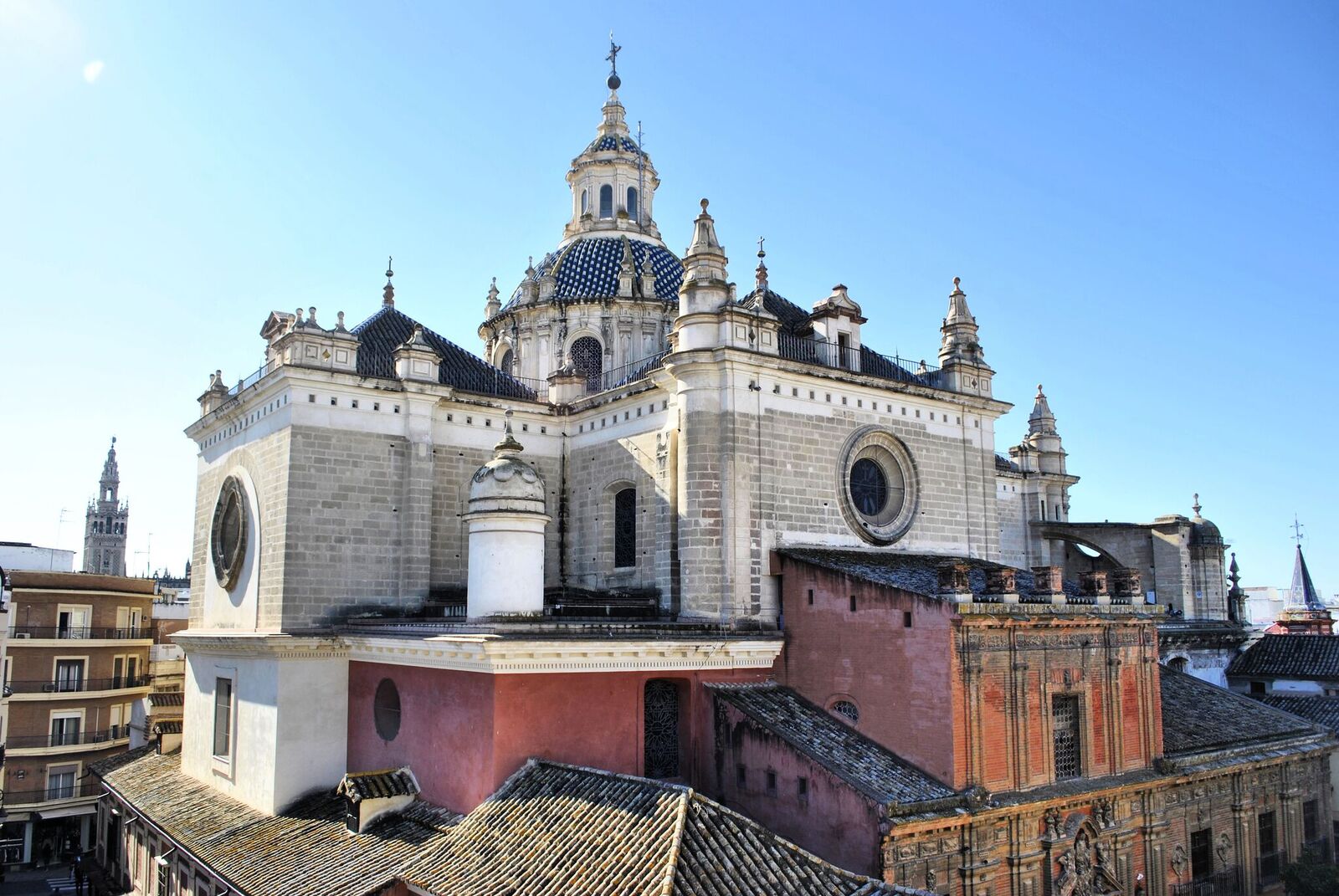The Collegiate Church of the Divine Savior forms part of the monument complex of the Cathedral and la Giralda and thus is also managed by the Metropolitan Chapter. Cultural visits to this sacred space, full of historical and artistic riches, comprises an important cultural offering among many in the city of Seville. With 333,000 visitors in 2023, it occupies the fourth position on the list of most visited spaces after the Cathedral, the Real Alcázar, and the bull museum at the Real Maestranza de Caballería.

The Divine Savior is yet another reflection of the extremely lengthy historical development of the city, showing very clear evidence of different eras and styles that span from Roman rule up to essentially modern day.



It seems that it could have been build on top of Roman ruins, some reused in the building itself, and others having come to light during recent restoration work. During the centuries of Visigoth monarchy, it may have been just another parish church among many in the city, coming to perform the role of mosque after the Muslim invasion until the Christian conquista, when it would gain function as a Christian church.
King San Fernando dedicated this church to the Divine Savior of the World, hence its name, and equipped it with an abbot and 10 canons, mirroring the Cathedral. From its origin, the institutional character of the Church of the Savior has been twofold: its eminent and specific status as a Collegiate church, one step directly below the Cathedral as regards the permanent seat of the solemn manifestation of the liturgy and public prayer for the Church, and at the same time, it’s capacity as a parish church, giving it pastoral responsibilities of a parish nature.



Faced with the old and ruined old mosque, the Chapter of the Collegiate Church, decided in 1671 that the demolition of the old building and the construction of a new one was necessary. At four o’clock in the morning on 24 October, 1679, with the building nearly finished, the church collapsed completely, leaving only the exterior walls.
In 1712, the building was finished once and for all thanks to the urging of Archbishop Manuel Arias. On 28 June, 1852, by virtue of the concordat between Isabel II and the Holy See, the church dropped its Collegiate status, and thus the Divine Savior became just another parish church in Seville. This marked an important change in the religious and economic status of the building: upon losing collegiate status, the choir was made unnecessary.



Recognition of the artistic and monumental value of the Divine Savior came very late: it was declared National Artistic-Historic Monument on 5 February, 1985. In the Plan General de Sevilla, it is categorized as Letter A (full protection), which means that only restoration work is allowed, such as that which was carried out between 2001 and 2008.
Over the centuries, the building of the Collegiate Church of the Divine Savior has passed through various periods, over time forging the complex that we see today, a treasure of the Sevillian Baroque and the INDELIBLE FOOTPRINT OF MULTIPLE CULTURES.
